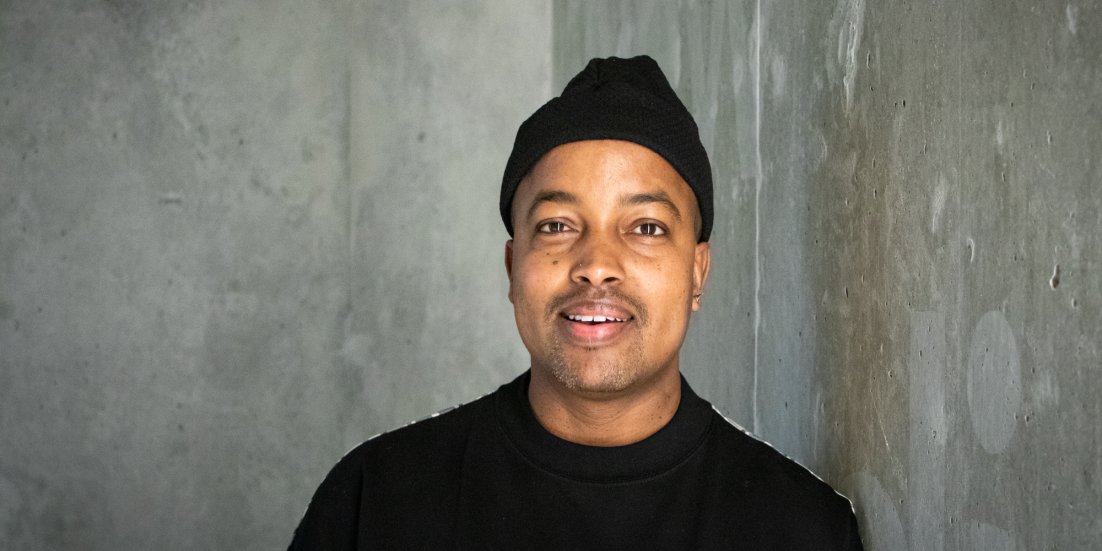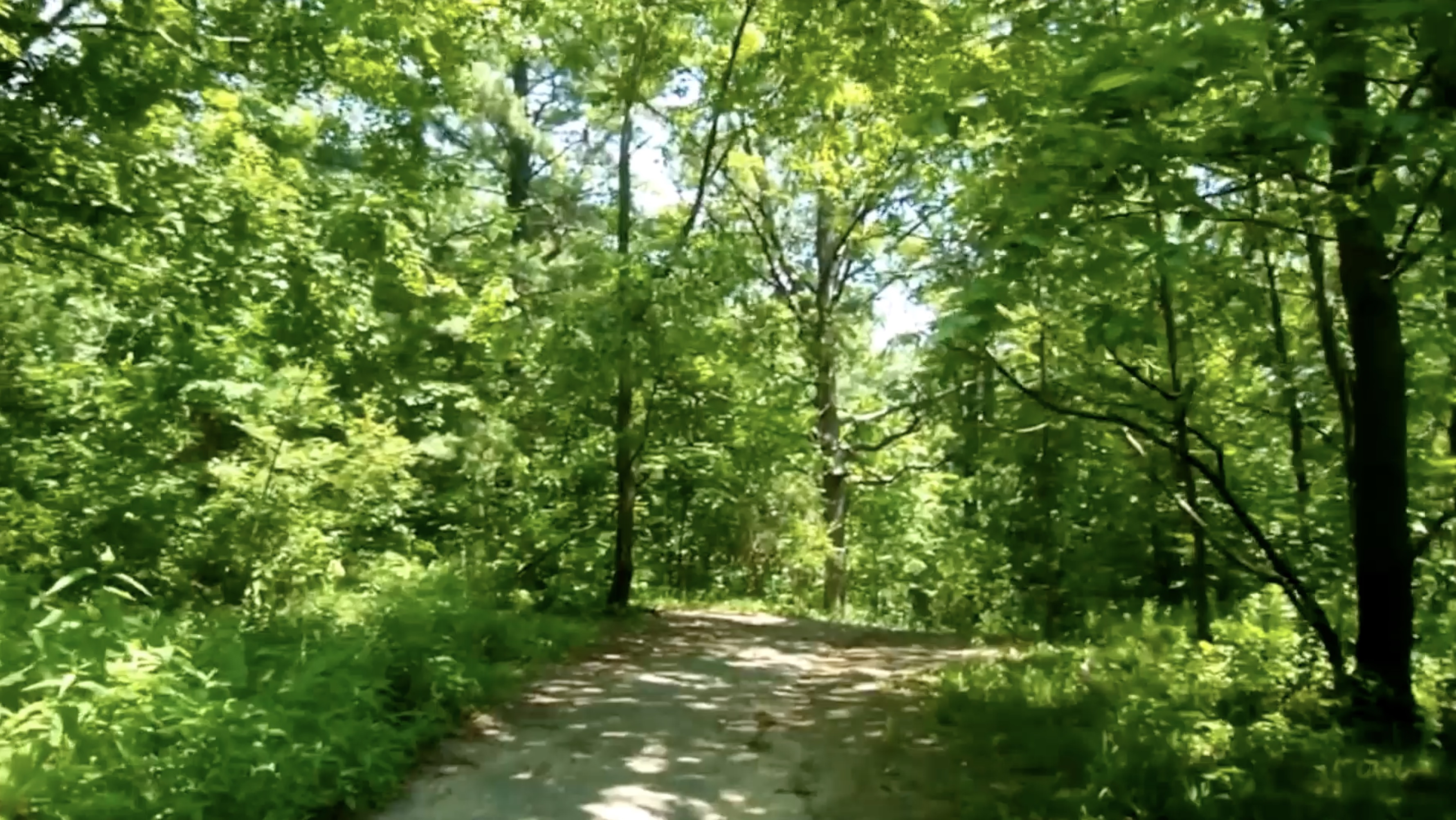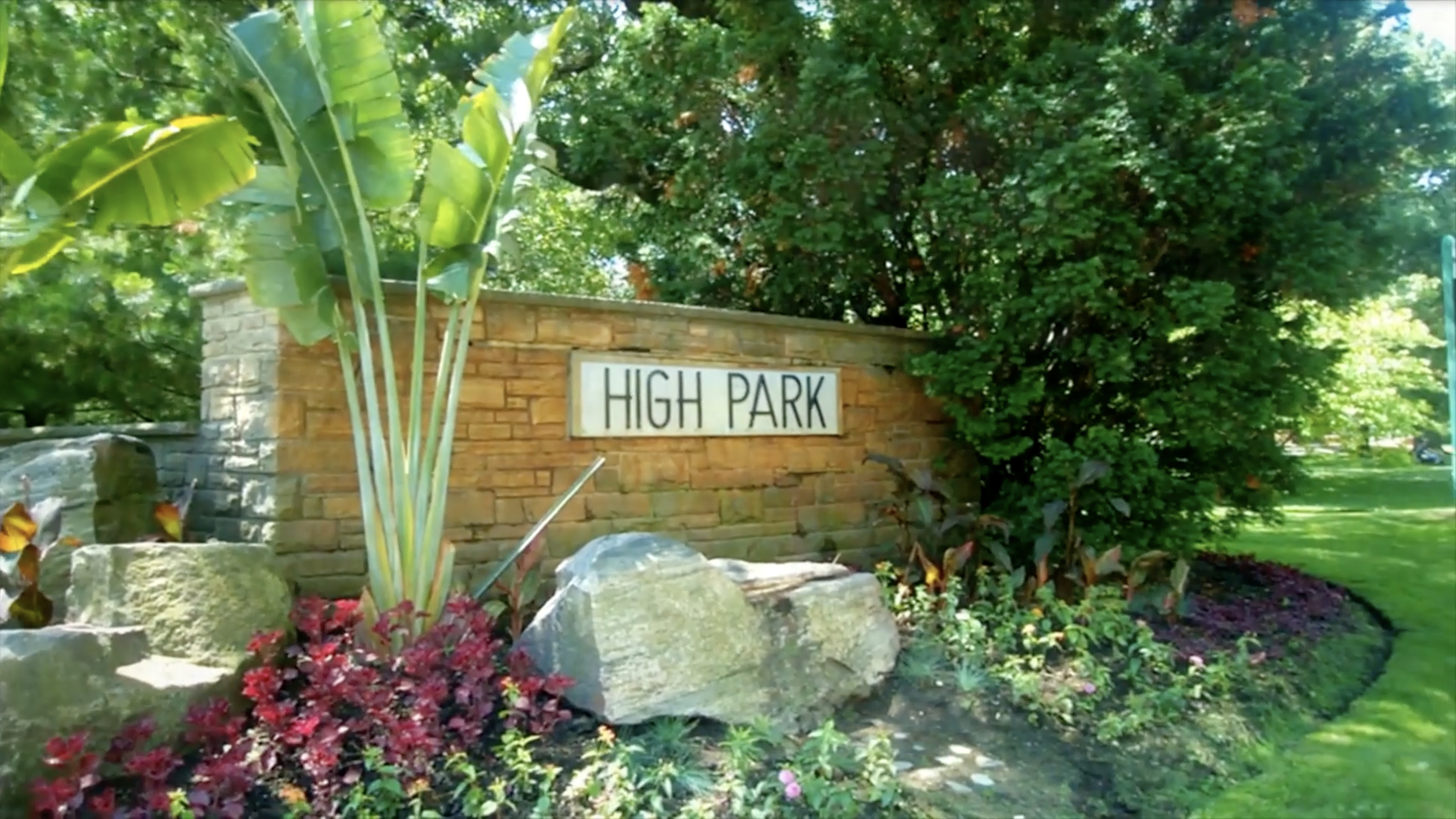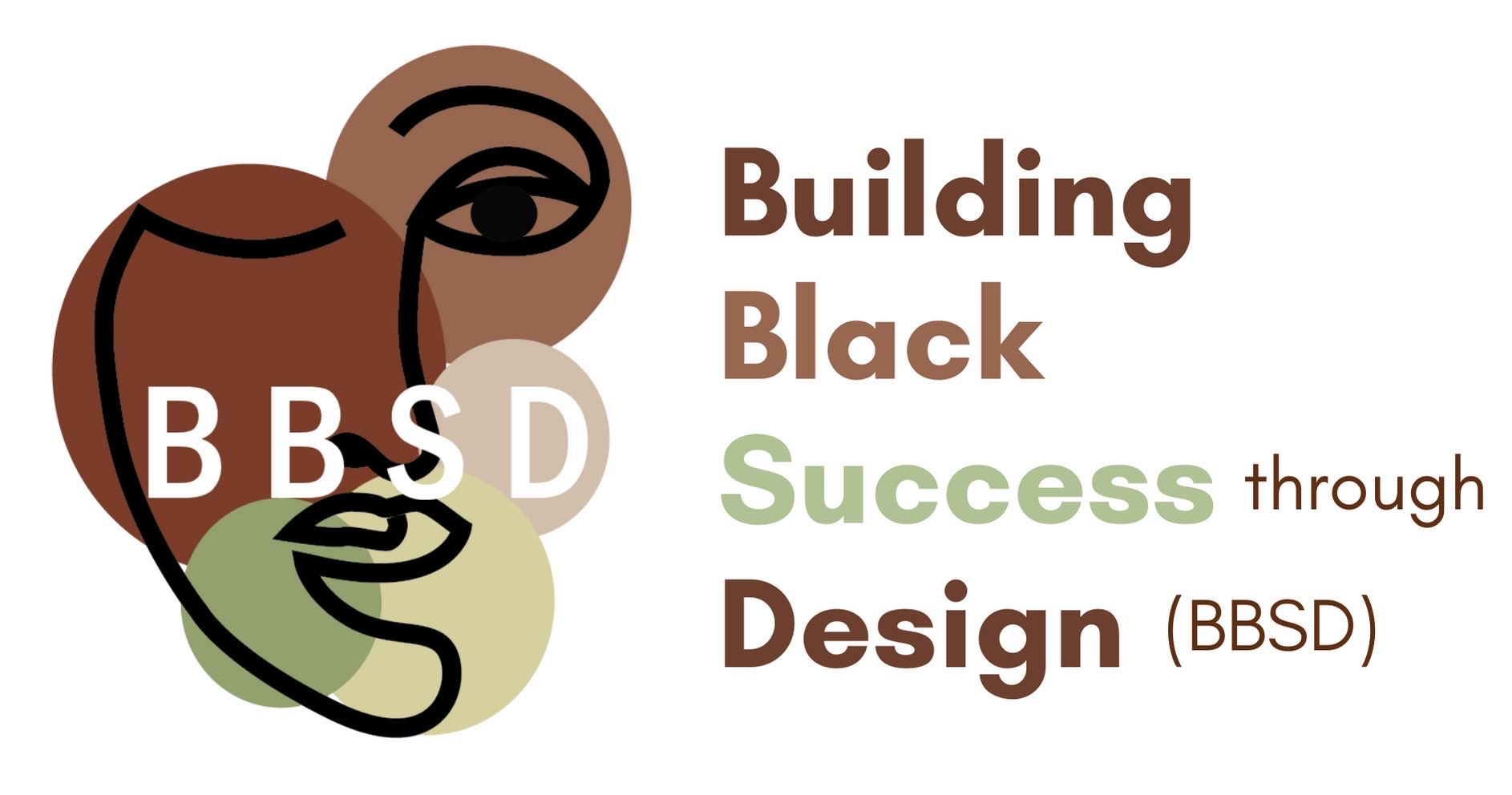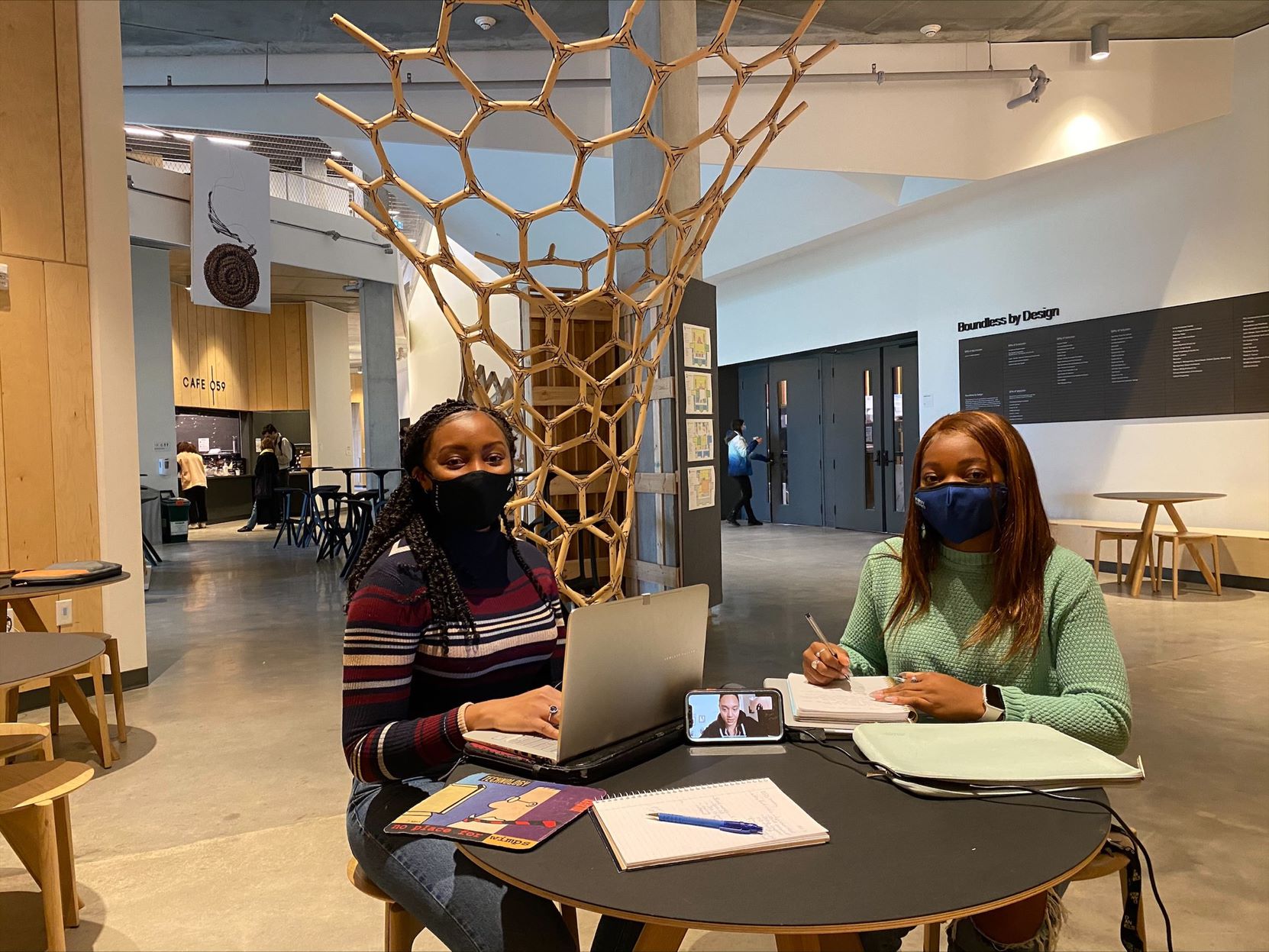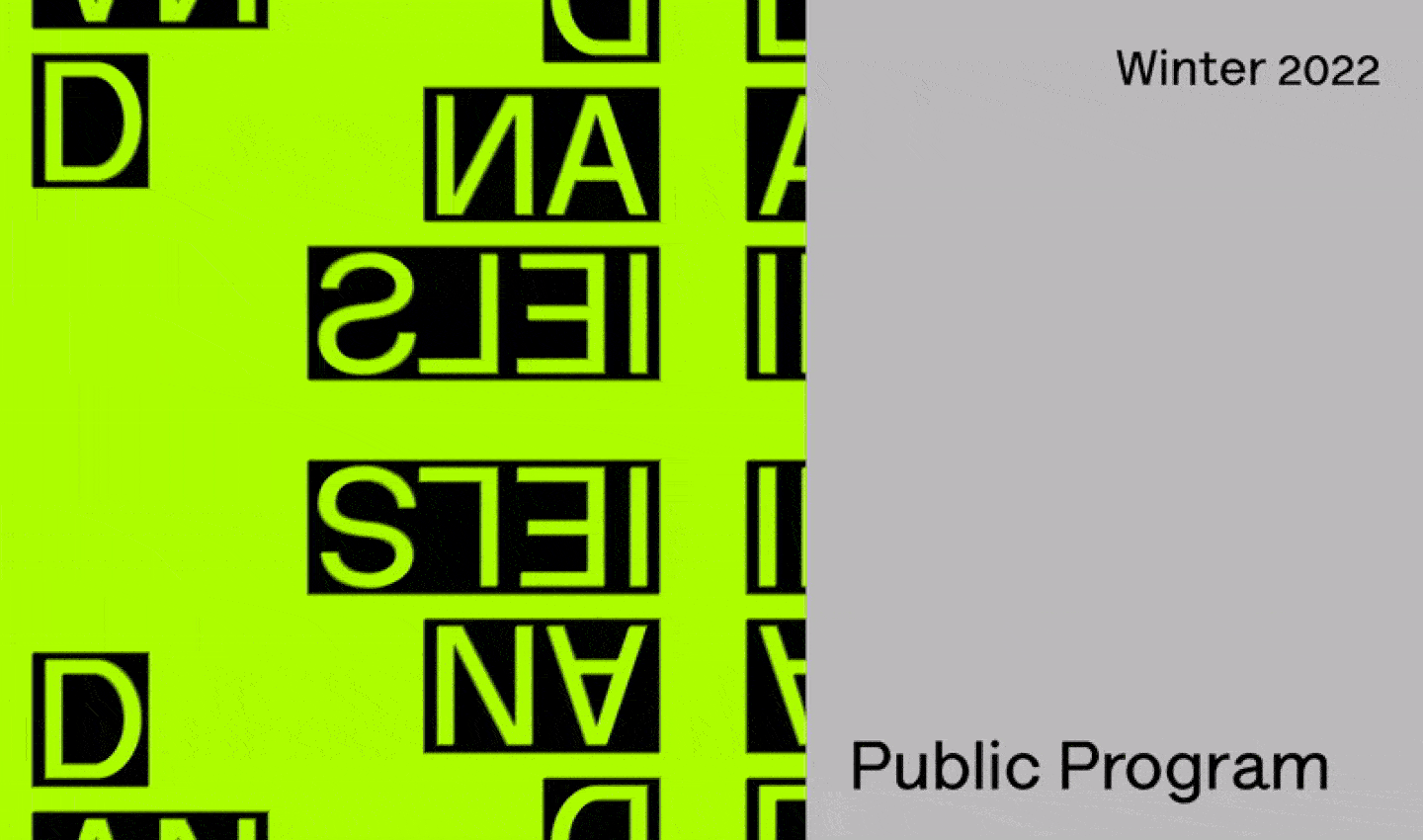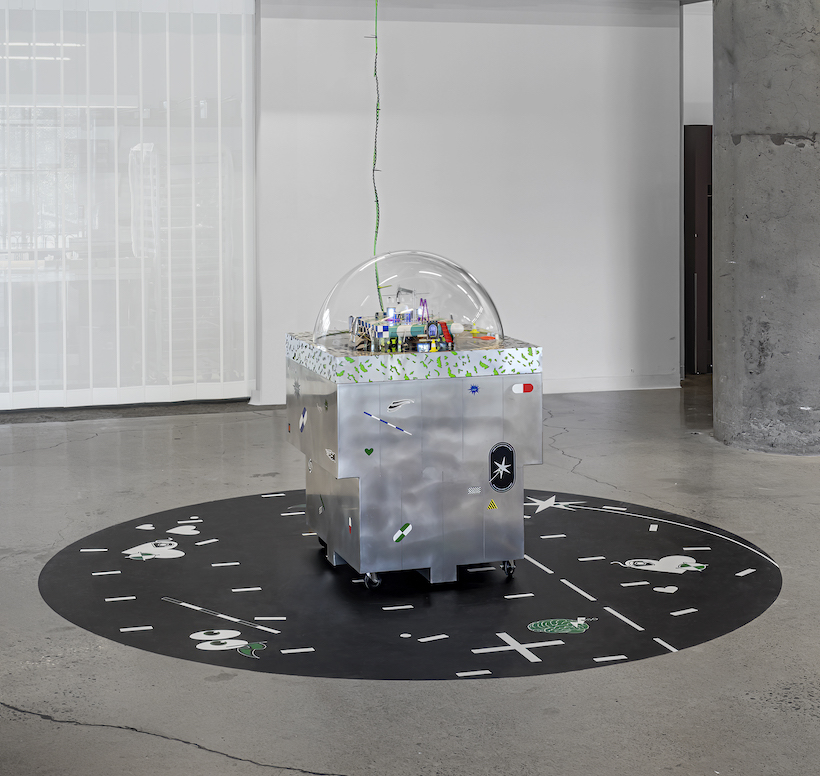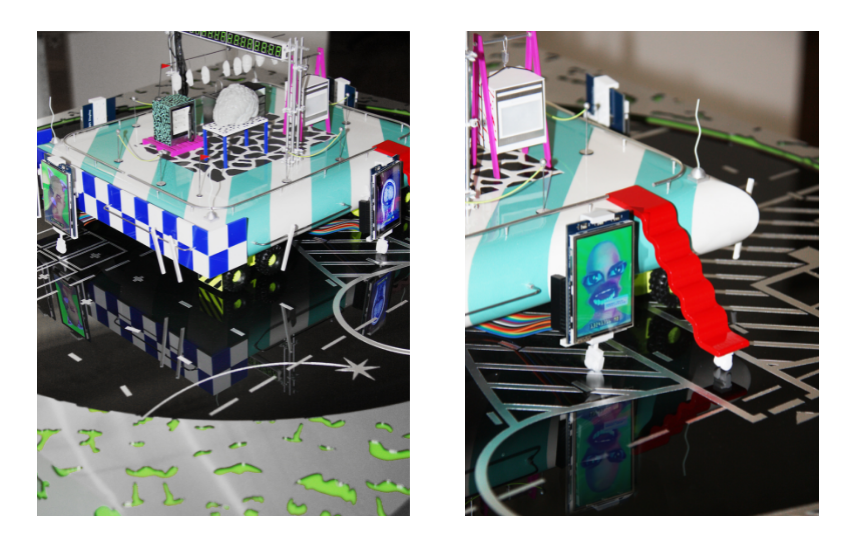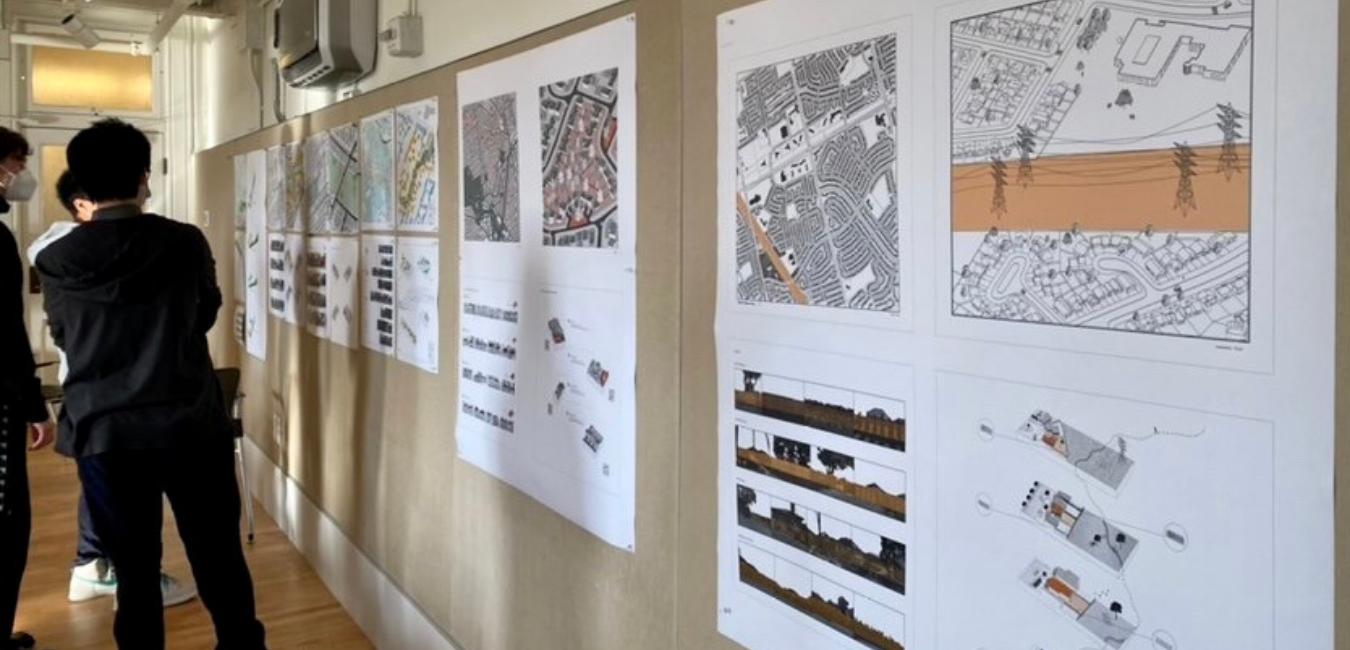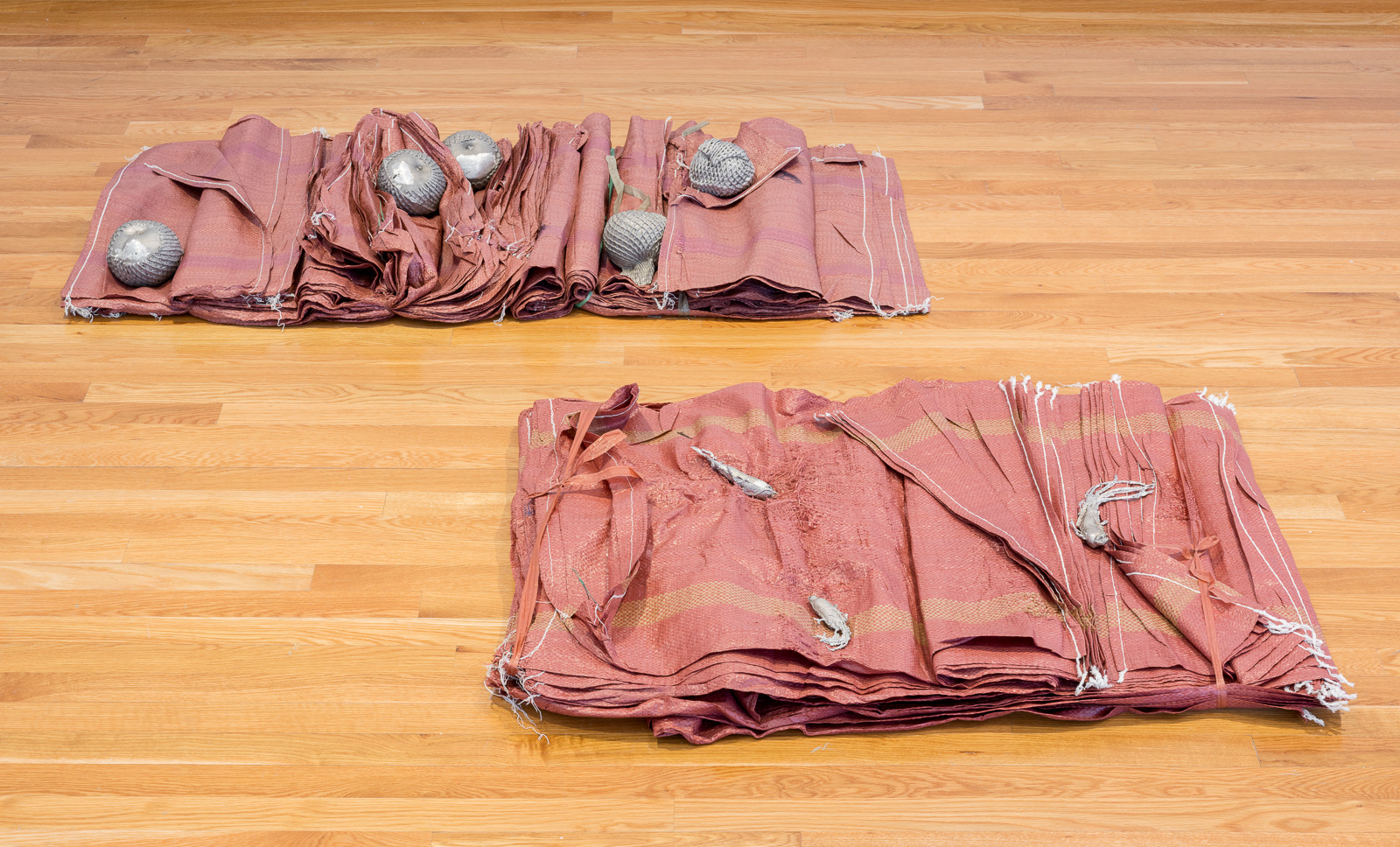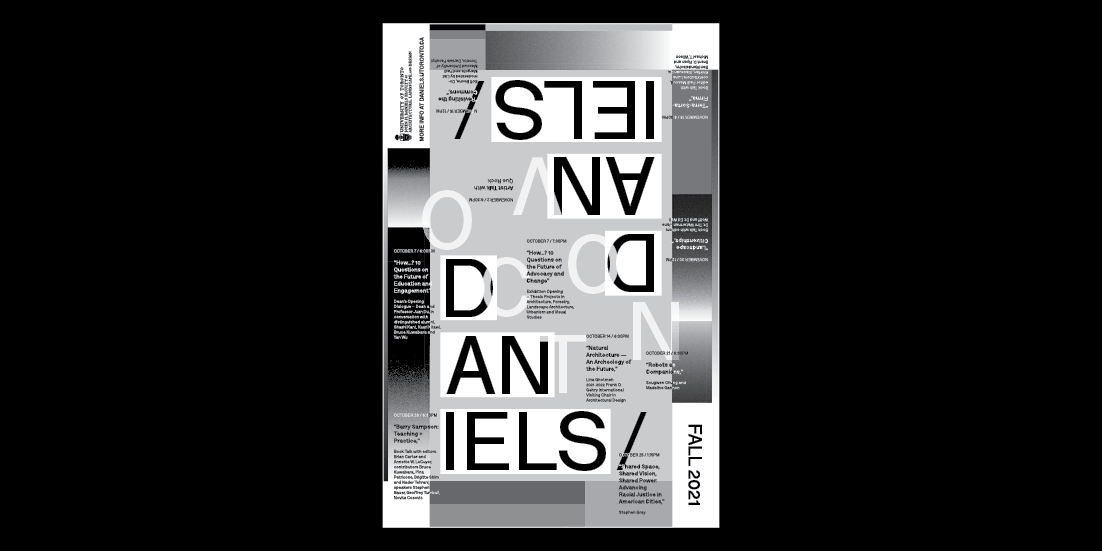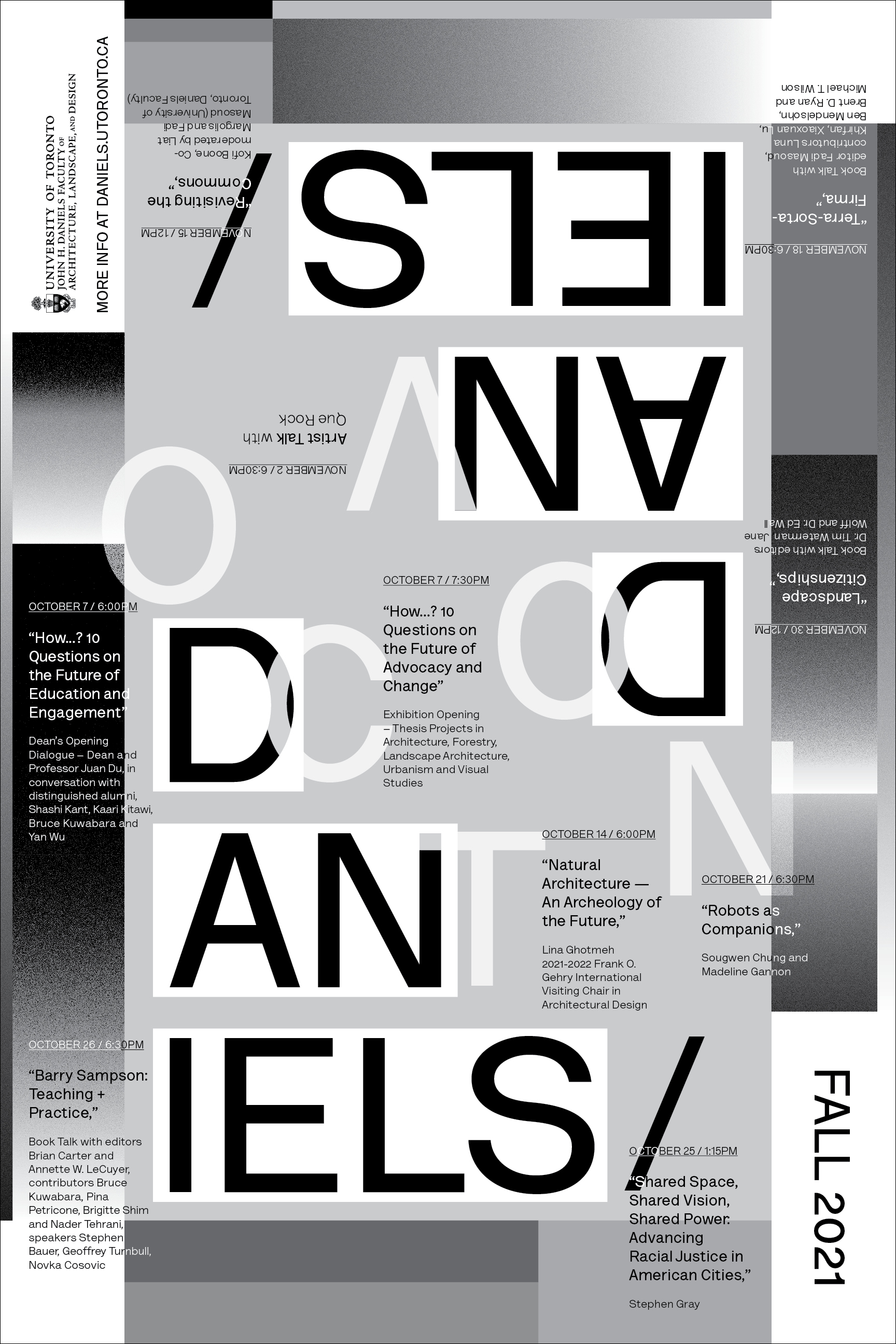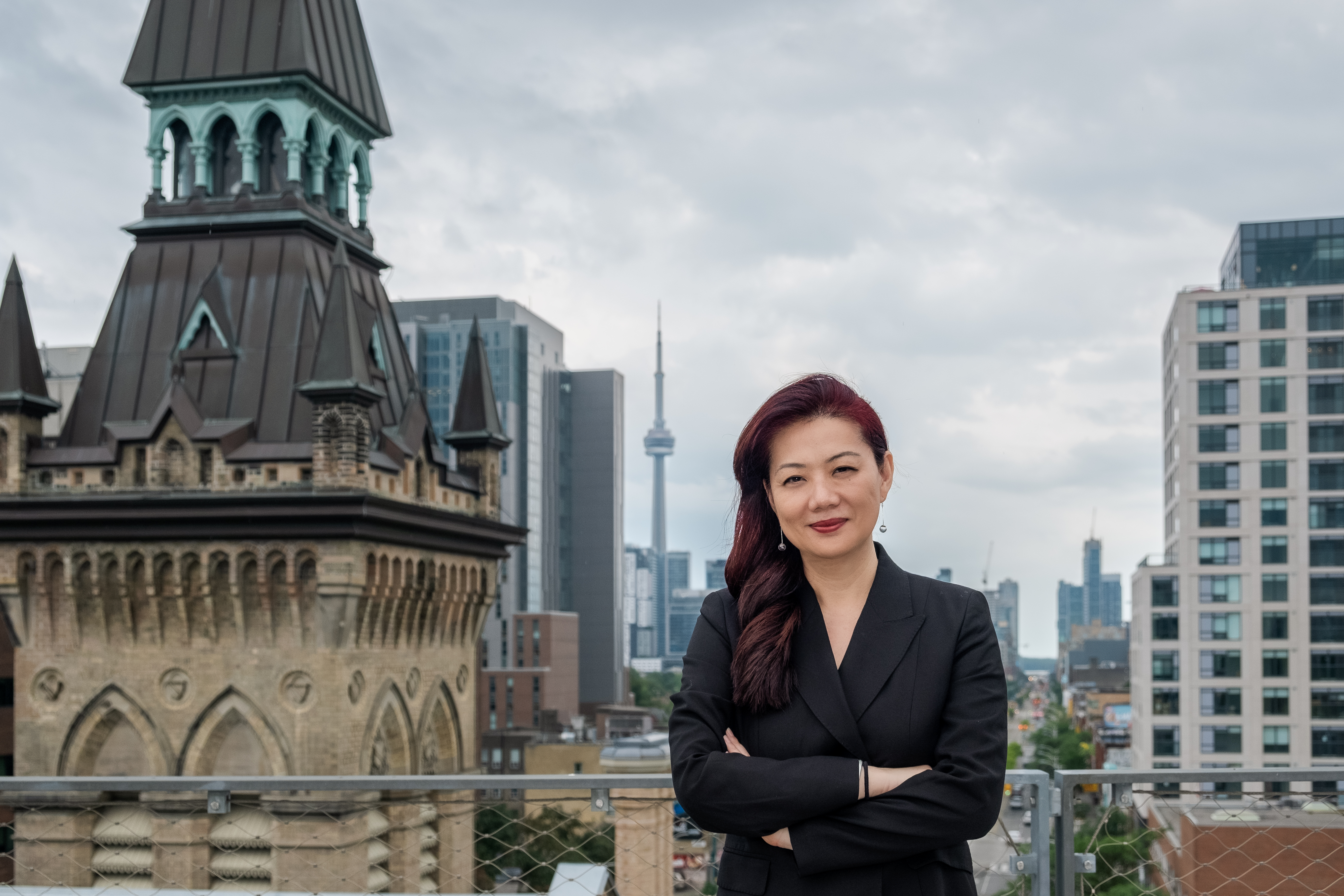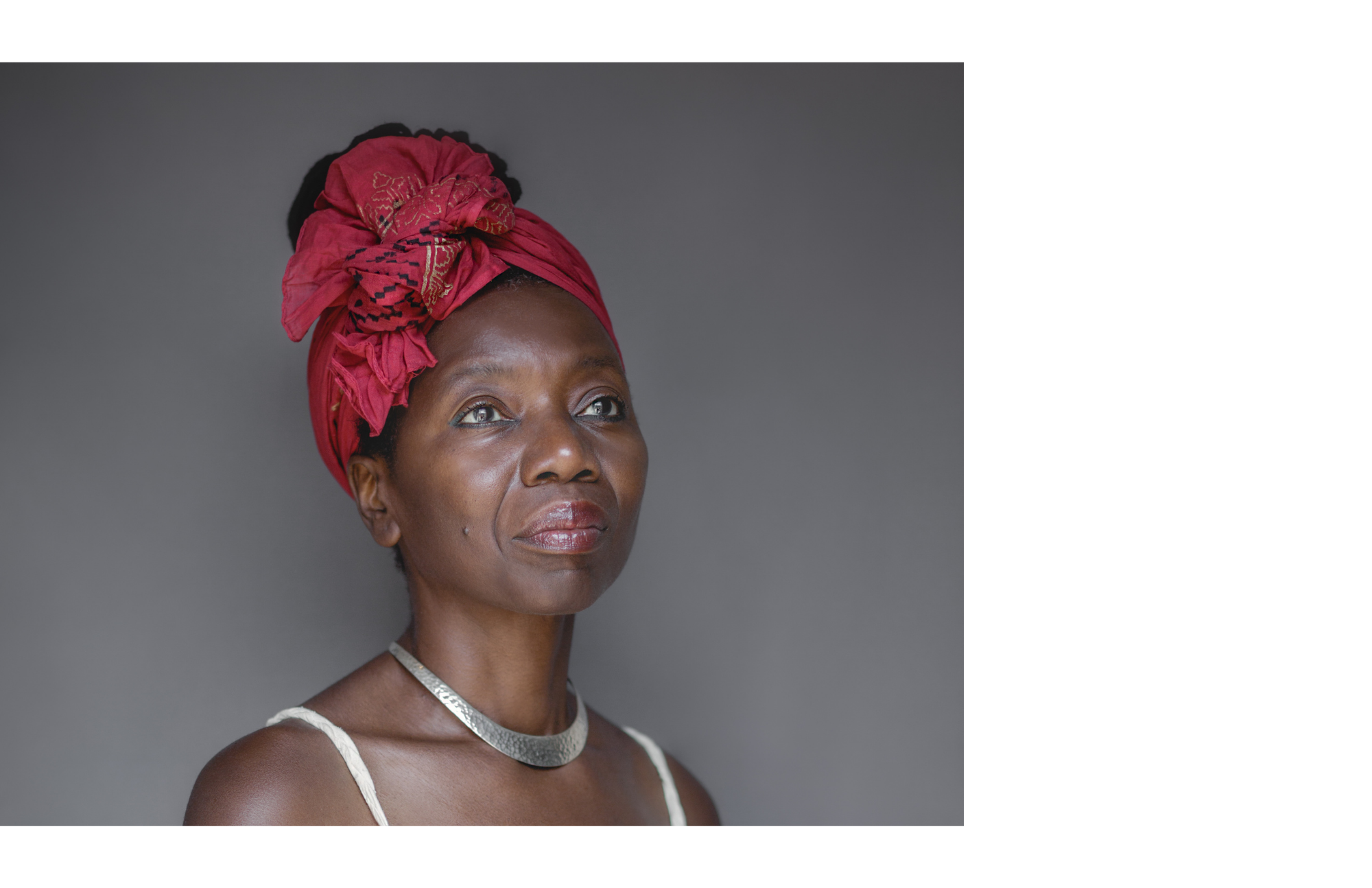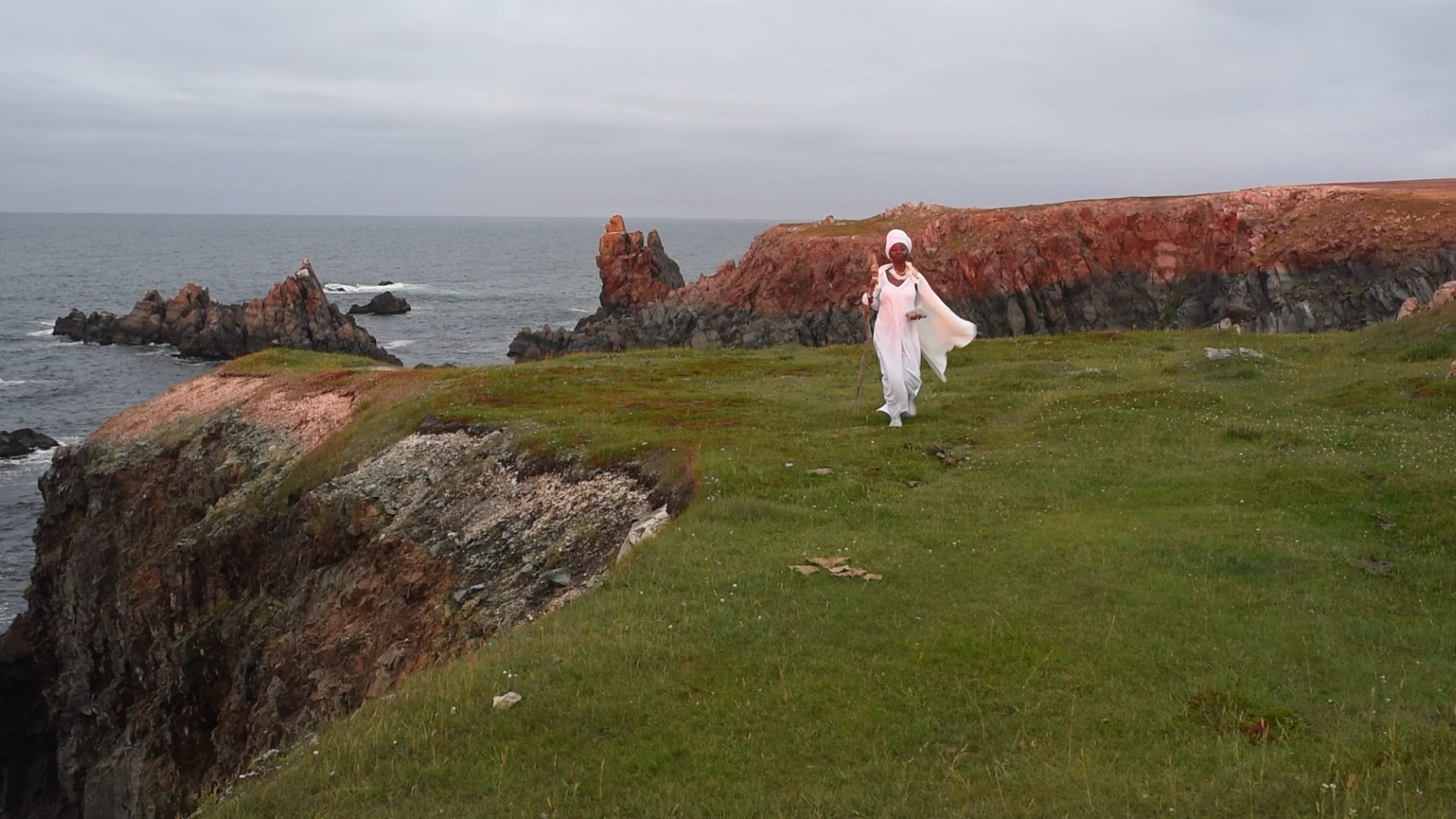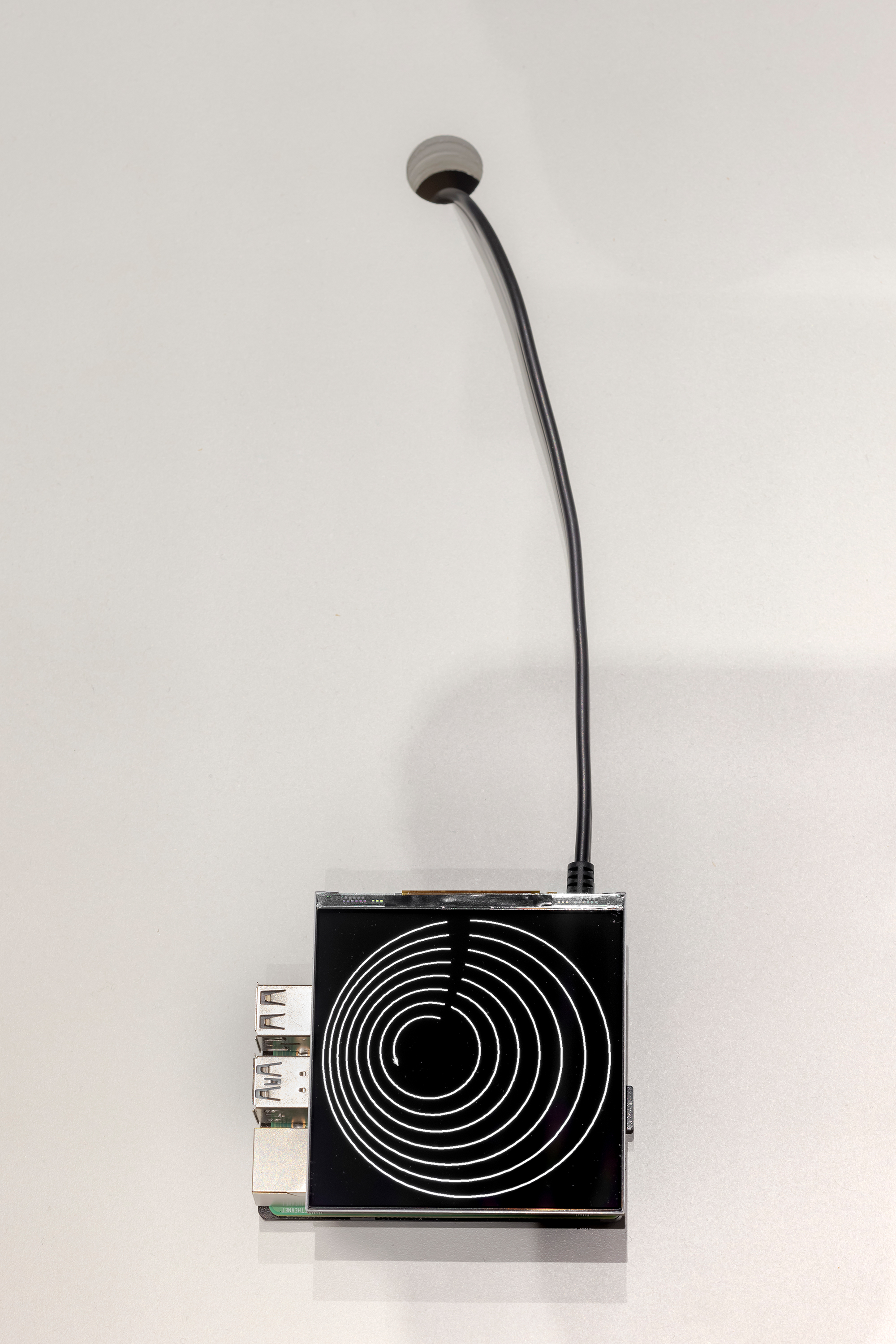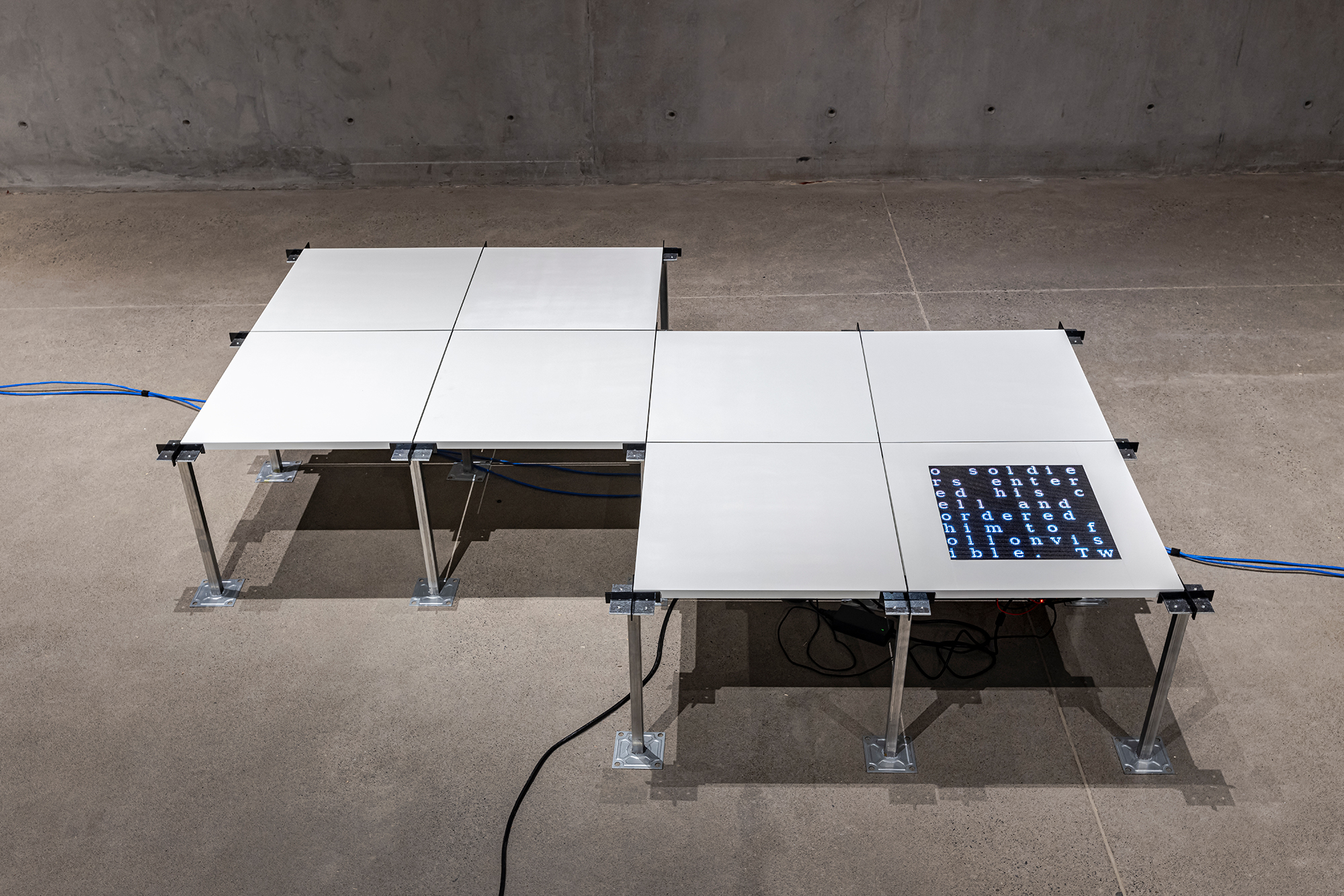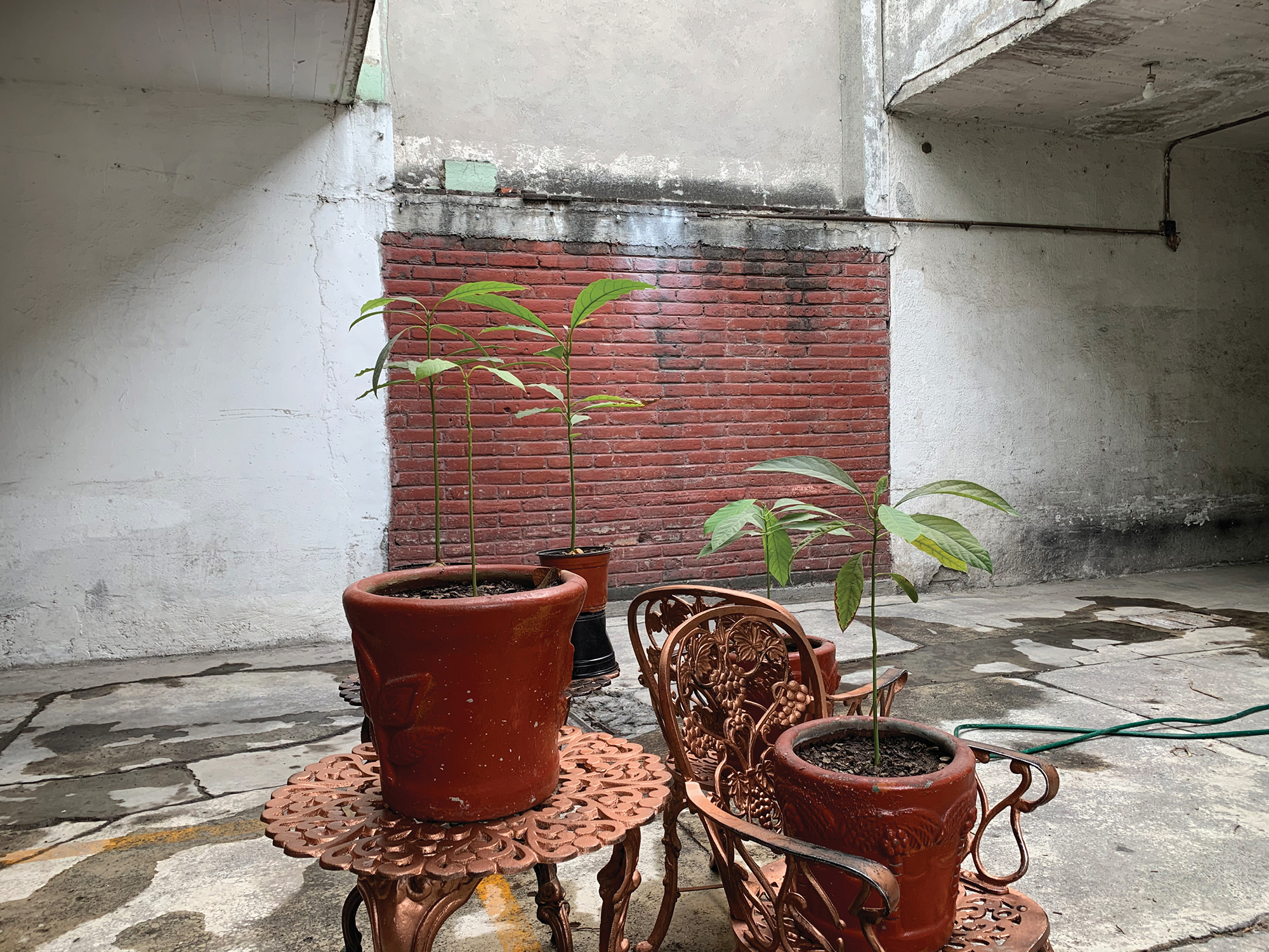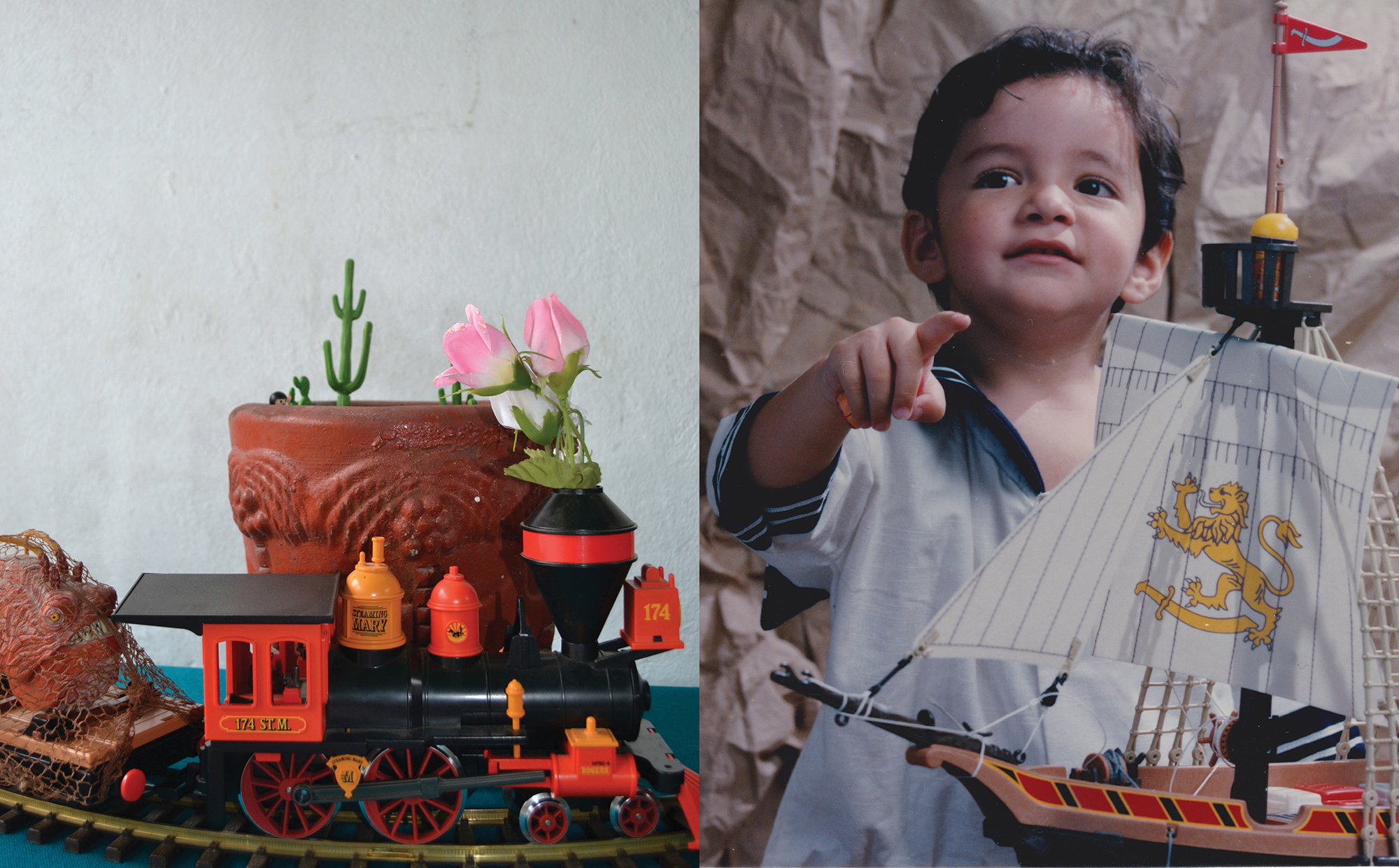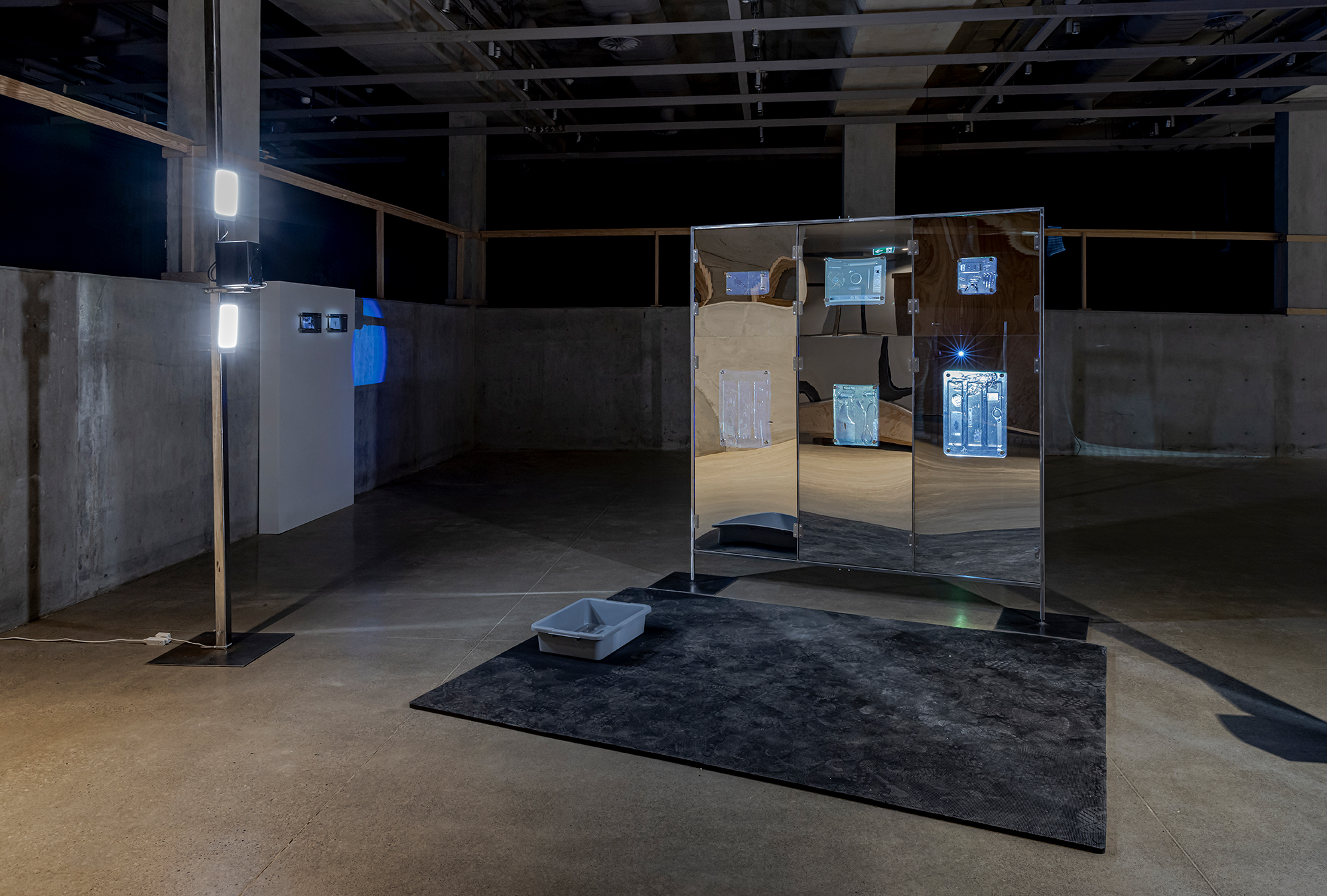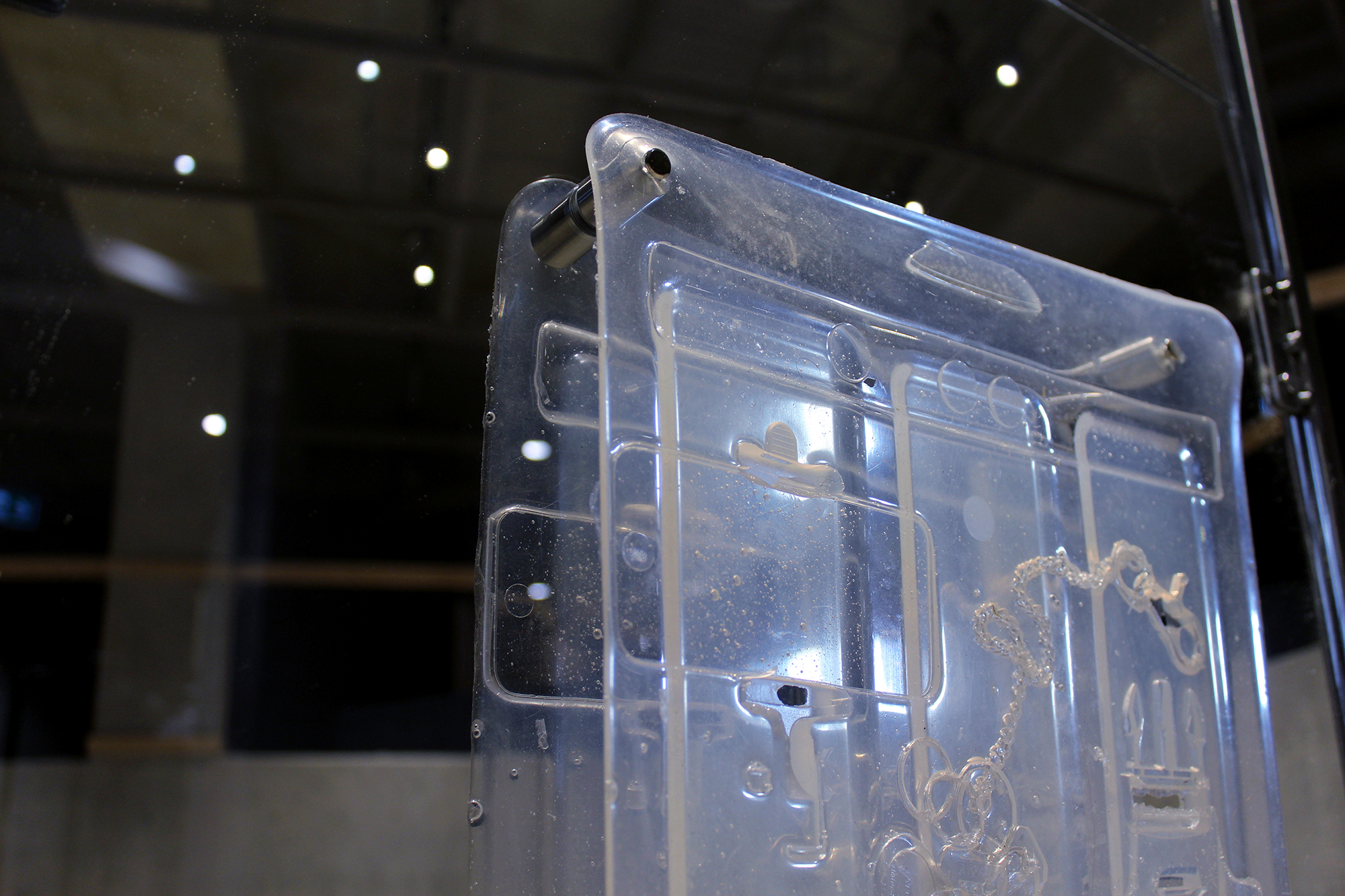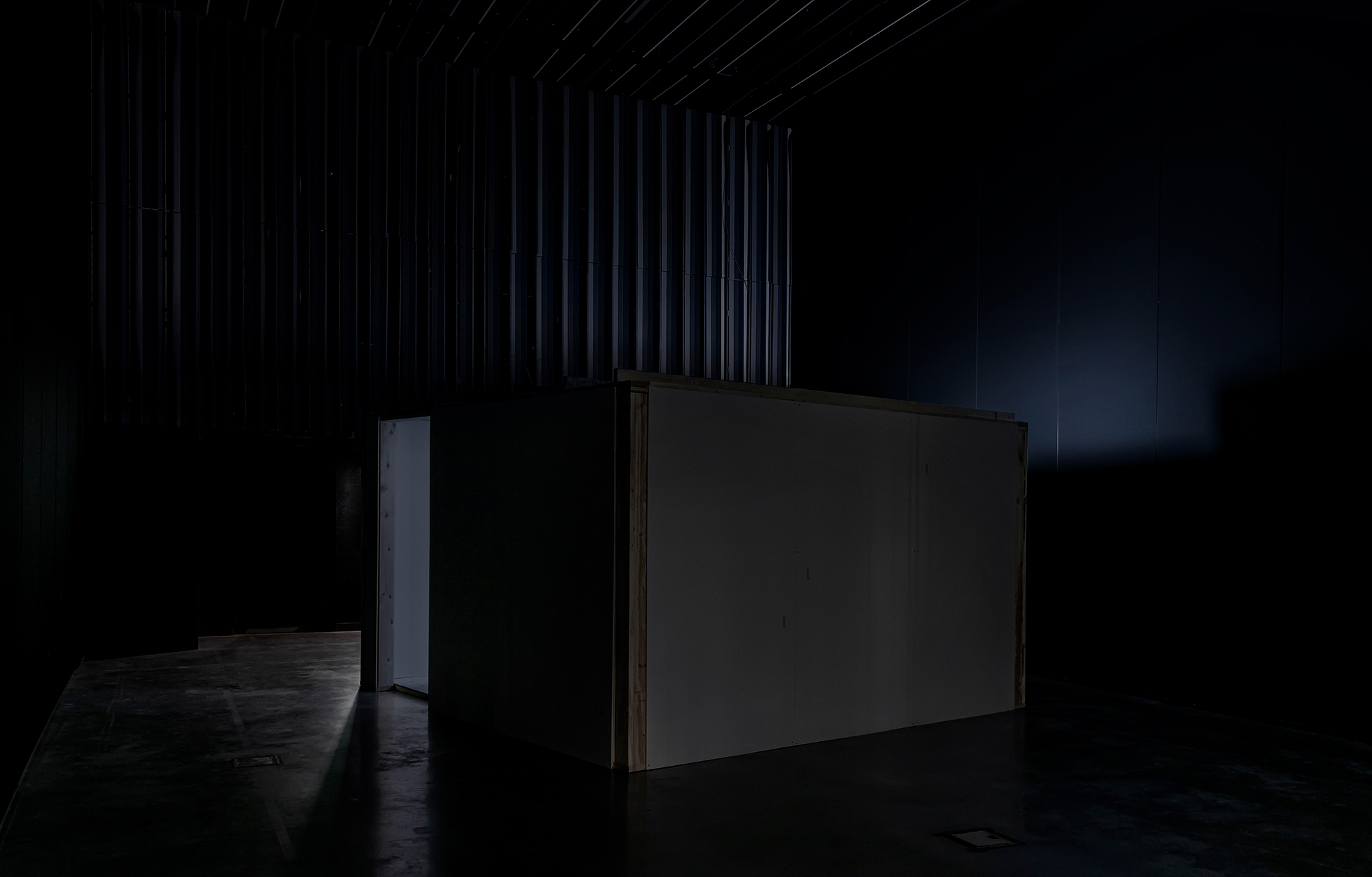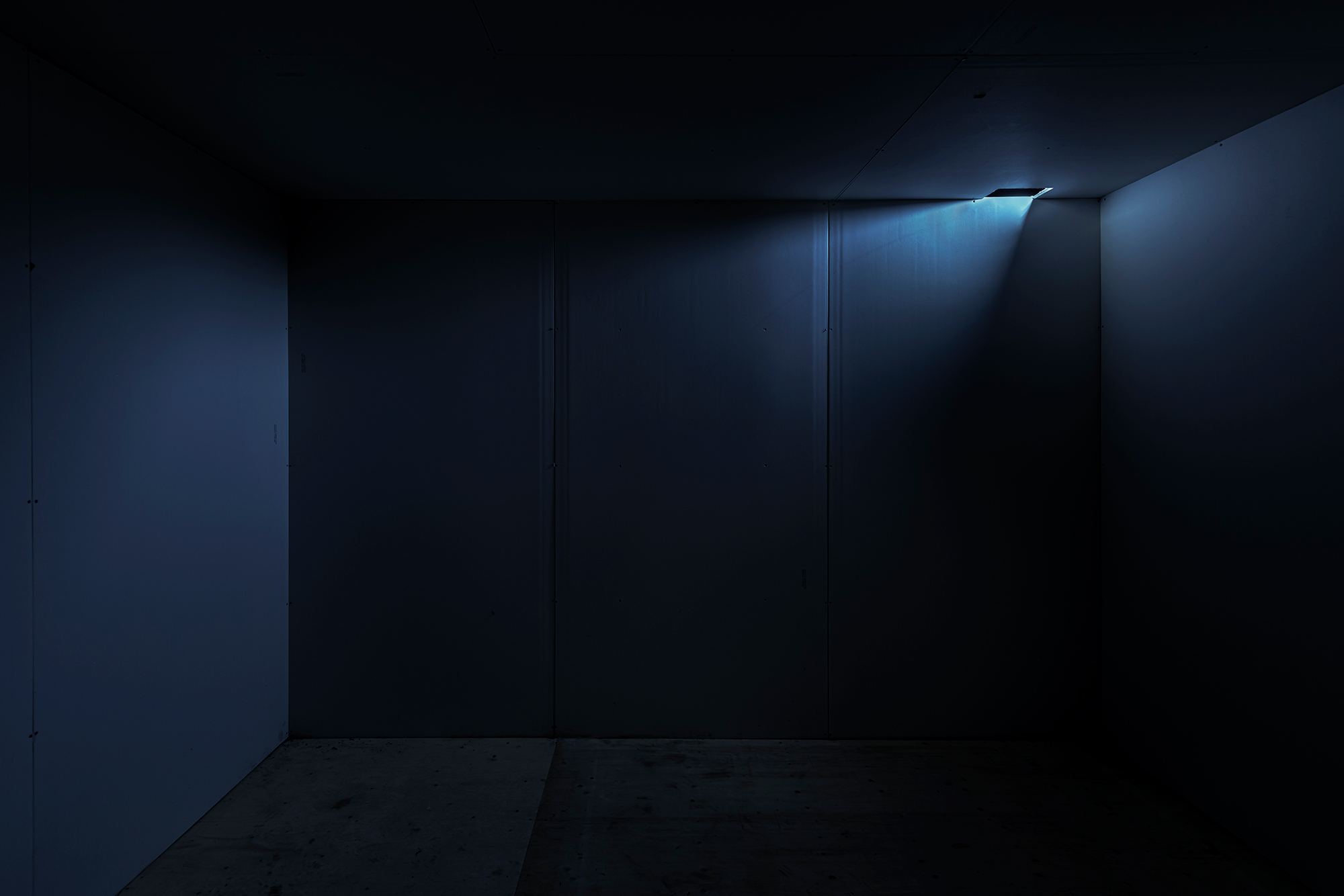Thursday, Dec 9 | Graduate
Design Studio 1
ARC1011Y
9 a.m. - 6 p.m.
Instructors: Vivian Lee (Coordinator), Fiona Lim Tung, Miles Gertler, Sam Ghantous, Aleris Rodgers, Julia DiCastri, Maria Denegri
Rooms: 215, 230, 240, Gallery, DA170-Raked Seating
Design Studio 1
LAN1011Y
9:00 a.m. - 6:00 p.m.
Instructors: Behanz Assadi (Coordinator), Peter North
Room: 330
Friday, December 10 | Undergraduate
Drawing and Representation 1
ARC100H1
9 a.m. - 6 p.m.
Instructors: Vivian Lee (Coordinator), Brandon Bergem, Matthew DeSantis, Daniel Briker, Chloe Town, Danielle Whitley, David Verbeek, Jamie Lipson, Anamarija Korolj, Andrew Lee, Luke Duross, Anne Ma, Angela Cho, Kara Verbeek, Andrea Rodriguez Fos, Nicholas Barrette
Rooms: 215, 230, 240, 330, 2nd Floor Hallway, Gallery
Monday, December 13 | Graduate & Undergraduate
Integrated Urbanism
ARC2013Y, LAN2013Y, URD1011Y
9 a.m. - 6 p.m.
Instructors: Roberto Damiani (Coordinator), Fadi Masoud (Coordinator), Michael Piper (Coordinator), Christos Marcopoulos, Pina Petricone, Mariana Leguia, Lukas Pauer, Delnaz Yekrangian, Laurence Holland, Jon Cummings, Drew Adams, Robert Wright, Megan Esopenko
Rooms: 209, 215, 230, 240, 330
Design Studio II
ARC201H1
9 a.m. - 6 p.m.
Instructors: Miles Gertler (Coordinator), Chris Cornecelli, Jennifer Kudlats, Luke Duross, T. Jeffrey Garcia
Rooms: 242, DA-170-Raked seating, 1st Floor Hallway, 2nd Floor Hallway, Gallery
Tuesday, December 14 | Graduate
Integrated Urbanism
ARC2013Y, LAN2013Y, URD1011Y
9 a.m. - 6 p.m.
Instructors: Roberto Damiani (Coordinator), Fadi Masoud (Coordinator), Michael Piper (Coordinator), Christos Marcopoulos, Pina Petricone, Mariana Leguia, Lukas Pauer, Delnaz Yekrangian, Laurence Holland, Jon Cummings, Drew Adams, Robert Wright, Megan Esopenko
Rooms: 209, 215, 230, 240, 330
Research Studios / Option Studios
Landscape Design Studio Research
Slow Landscape: to a new expression of place
LAN3016Y
9 a.m. - 6 p.m.
Instructor: Victoria Taylor
Room: Gallery
Urban Design Studio Options
URD2013Y
9 a.m. - 6 p.m.
Instructor: Angus Laurie
Room: DA-170 Raked Seating
Capstone Project Presentations in Forest Conservation
FOR3008H
9 a.m. - 6 p.m.
See detailed agenda and zoom links here
Wednesday, December 15 | Graduate
Capstone Project Presentations in Forest Conservation
FOR3008H
9 a.m. - 6 p.m.
Capstone Project Presentations
See detailed agenda and zoom links here
Research Studios / Option Studios
Mediated Alps: Reconstructing mountain archives and futures
LAN3016Y
9:00am - 1:00pm, 2:00pm - 6:00pm
Instructor: Aisling O’Carroll
Room: 330
Reconceptualizing a 1960’s urban renewal project in downtown Hamilton, Ontario: The Jackson Square Shopping Mall
ARC3020Y F
12:00pm - 6:00pm
Instructor: George Baird
Room: 209
Framing, Looping & Projecting Quantum Architecture
ARC3016Y S
9:00am - 1:00pm
Instructor: Brian Boigon
Room: 209 & 242
Half Studio
ARC3020Y F
9:00am - 1:00pm, 2:00pm - 6:00pm
Instructor: Kelly Alvarez Doran
Room: 230
BROWSE, the Gathering
ARC3020Y F
9:00am - 1:00pm, 2:00pm - 6:00pm
Instructor: Lara Lesmes, Fredrik Hellberg
Room: TBA (Online)
Thursday, December 16 | Graduate
Technology Studio III
ARC380Y1
9 a.m. - 6 p.m.
Instructor: Nicholas Hoban (Coordinator), Nathan Bishop
Online
Research Studios / Option Studios
Meuble Immeuble
ARC3020Y F
9:00am - 1:00pm, 2:00pm - 6:00pm
Instructor: An Te Liu
Online
STUFF
ARC3020Y F
9:00am - 1:00pm, 2:00pm - 6:00pm
Instructor: Laura Miller
Online
Interstellar Architecture: Designing and prototyping a home beyond Earth
ARC3020Y F
9:00am - 1:00pm, 2:00pm - 6:00pm
Instructor: Brady Peters
Online
Reappraising the Design of Long-Term Care Residential Environments in the Context of COVID-19
ARC3020Y F
9:00am - 1:00pm, 2:00pm - 6:00pm
Instructor: Stephen Verderber
Online
Friday, December 17 | Undergraduate
Post Professional Thesis 1
ALA4021Y
10a.m. - 2 p.m.
Instructor: Roberto Damiani, Coordinator
Online
Architectural Design Studio 7: Thesis
ARC4018Y
12 p.m. - 5 p.m.
Instructors: Vivian Lee, Mary Lou Lobsinger, Adrian Phiffer, Mauricio Quiros Pacheco, Mason White
Online
Research Studios / Option Studios
Bridging the Divide: An Architecture of Demographic Transition
ARC3020Y F
9:00am - 1:00pm, 2:00pm - 6:00pm
Instructor: Shane Williamson
Online
Potent Voids
ARC3020Y F
9:00am - 1:00pm, 2:00pm - 6:00pm
Instructor: Lina Ghotmeh
Online
ARCHIPELAGO, 3.0: Storytelling, Activism, Re-Building
ARC3020Y F
9:00am - 1:00pm, 2:00pm - 6:00pm
Instructor: Petros Babasikas
Online
Monday, December 20 | Undergraduate
Architecture Studio III
ARC361Y1
9 a.m. - 6 p.m.
Instructors: Adrian Phiffer (Coordinator), Nova Tayona, Shane Williamson
Online
Landscape Architecture Studio III
ARC363Y1
9 a.m. - 6 p.m.
Instructor: Behnaz Assadi
Online
Digital Twinning
ARC465H1
9 a.m. - 5 p.m.
Instructor: Jay Pooley
Online
Tuesday, December 21 | Undergraduate
Drawing and Representation II
ARC200H1
9 a.m. - 1 p.m.
Instructors: Michael Piper (Coordinator), Sonai Ramundi, Reza Nik, Mohammed Soroor, Sam Ghantous, Katy Chey, Sam Dufaux, Scott Norsworthy, Kfir Gluzberg, J. Alejandro Lopez
Online
Undergraduate Thesis I
ARC456H1/ARC461H1/ARC486H1
10 a.m. - 4 p.m.
Instructors: Laura Miller, Nicholas Hoban, Simon Rabyniuk
Online
